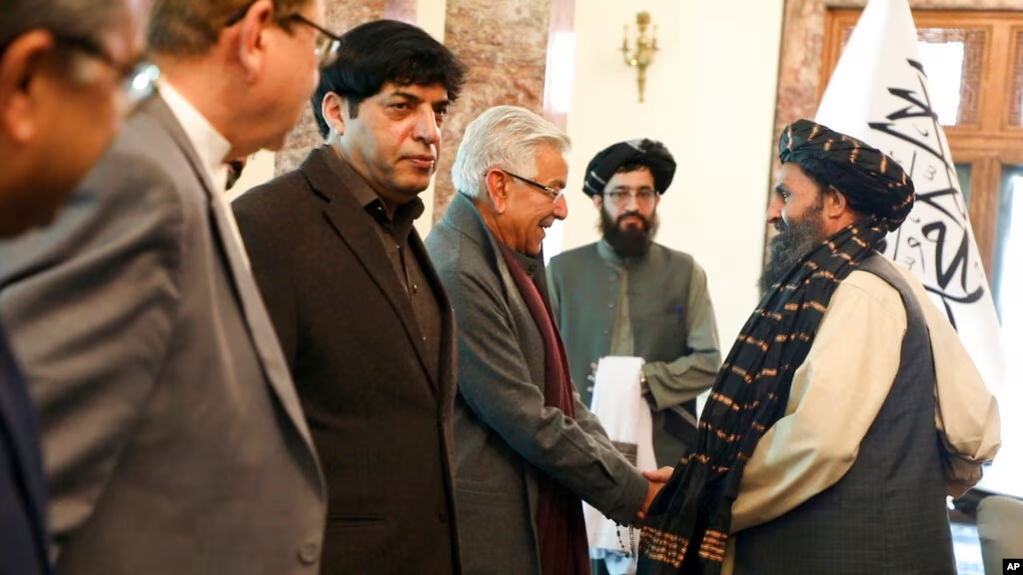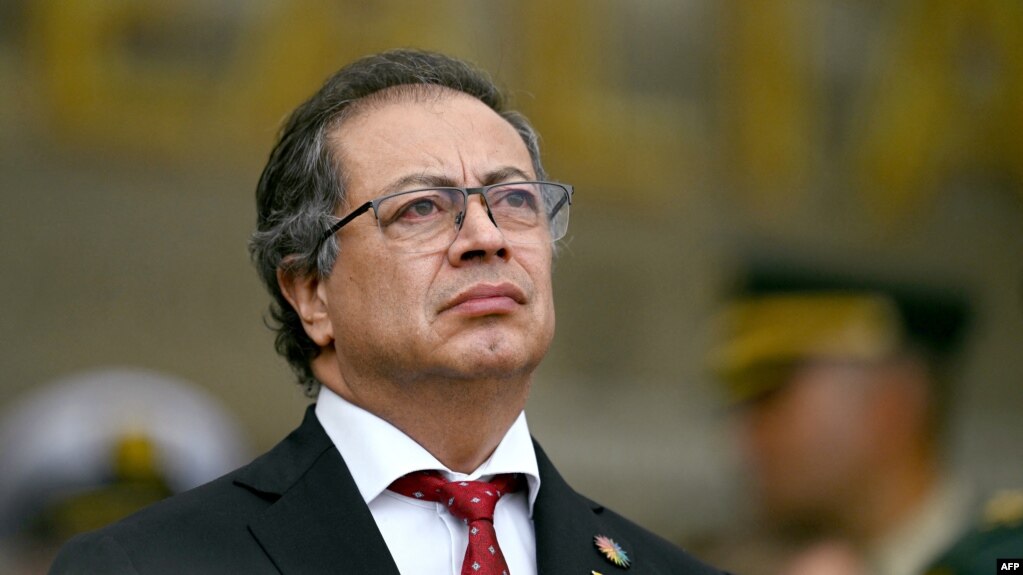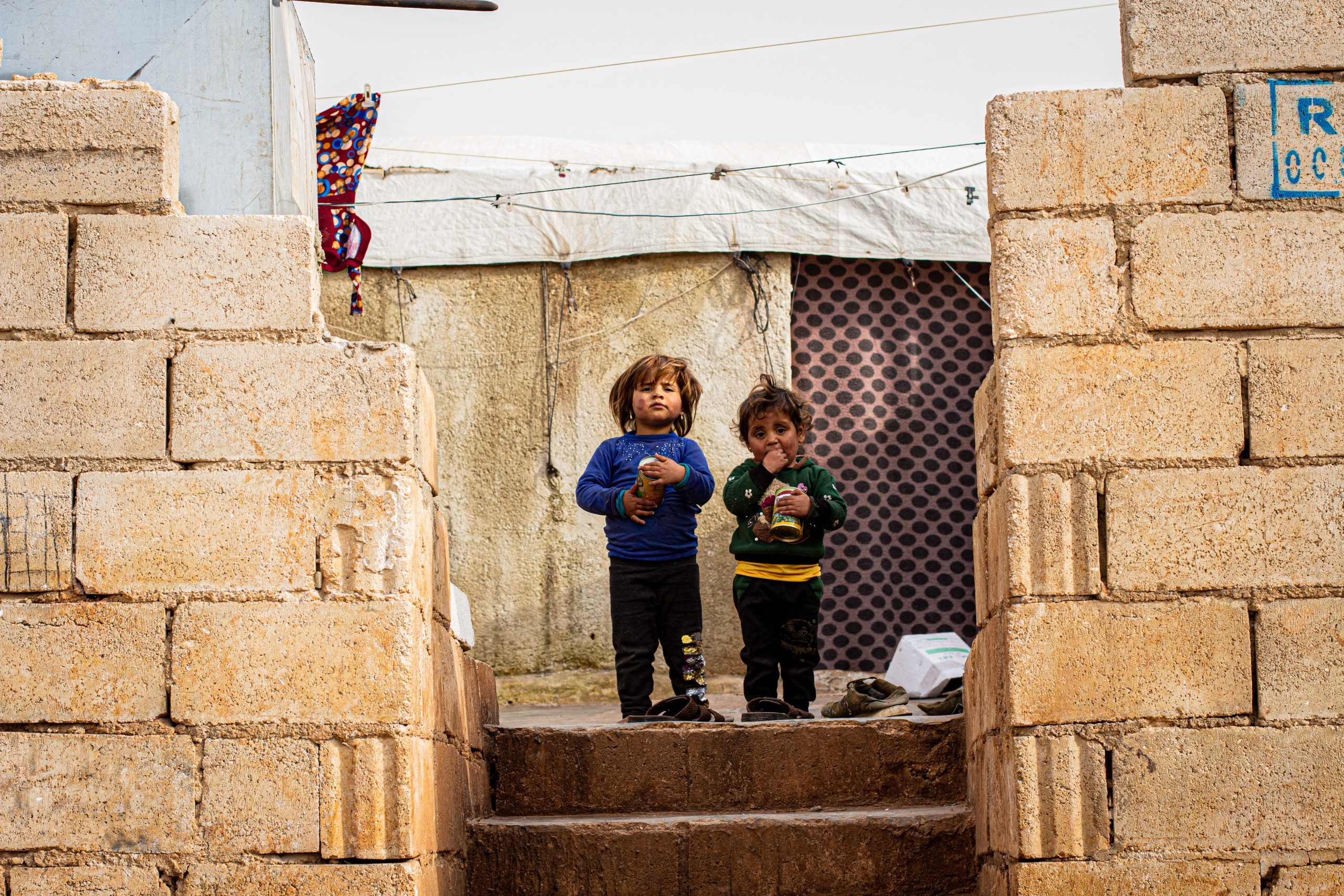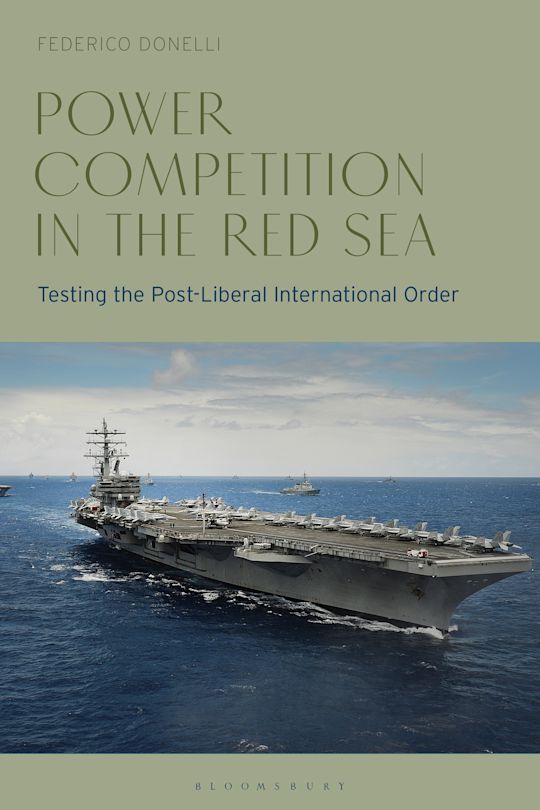
While the Israeli-Hamas conflict and, more recently, the Israeli-Hezbollah conflict, have dominated discussions on the Middle East for much of the past year, the focus of attention is now (re-)shifting to Syria, where the armed group Hayat Tahrir al-Sham (HTS) launched a widely unexpected and remarkably effective offensive on Aleppo, Syria’s second largest city. It was the first opposition attack on Aleppo since 2016, when an air campaign by Russian warplanes, and the use of war tactics such as siege and starvation, allowed Syrian President Bashar Assad to retake control of the city.
The line of conflict in the north-west had been frozen since late 2019, when Turkey (which backs Syrian opposition factions) and Russia and Iran (which have traditionally backed the Assad regime) reached an agreement on the governorate of Idlib, the last stronghold for opposition forces and one of the two areas remaining outside government control (the other being north-eastern Syria under the Kurdish Syrian Democratic Forces). The past months, however, have witnessed growing violence in the area between government forces (and its allies) and opposition groups.
Israel’s increasing attacks against Iran-linked targets across Syria, the open confrontation between Hezbollah and Iran on one side and Israel on the other, and Russia’s inconclusive war on Ukraine have contributed to the weaking of Assad’s major allies and seem to have offered to Abu Muhammad al-Julani, HTS’s leader, a golden opportunity to launch the planned offensive. This comes after years in which the insurgents had been readying themselves – through a process of increasing military professionalization that included the training of special forces and the development of weapons manufacturing capabilities – for an offensive aimed at shifting a status quo that they do not feel reflect the real balance of power on the ground. The fragility of the Assad regime, the weakness of its military, and its overdependence on external backers further adds to HTS’ opportunity-cost calculation.
The government and its allies responded with airstrikes and shelling to the insurgents’ advances. Russia, for instance, carried out a series of air strikes, hitting Aleppo, Idlib city, parts of rural Idlib and Hama. However, there was no sign of a significant pushback and reports emerged of government forces leaving their positions, confirming the extent to which the Syrian army was taken by surprised and caught unprepared. Insurgents posted messages on social media calling on troops to surrender.
As of the time of this writing, reports from the ground indicate that the HTS is in control of most of Aleppo, including Aleppo International Airport. From there, thousands of fighters moved on to seize towns and villages in northern Hama and on Saturday evening (November 30) they claimed to have entered the city of Hama. HTS also confirmed full control of Idlib, consolidating the capture of Khan Sheikhoun, Saraqeb, and Maarat al-Numan. As HTS made its advance a considerable portion of the M5 highway – the critical road that runs north to south connecting Aleppo to Damascus through Hama and Homs – has been cut off by the rebel forces.
Significantly, on day three of the rebels’ advance, the Syrian National Army – an opposition umbrella organization based in Aleppo’s northern countryside – launched a new offensive on the northern town of Tel Rifat against the Kurdish-led SDF. On December 1, the SNA circulated reports that it had taken control of Tel Rifat while the commander in chief of the SDF, Mazloum Abdi, confirmed working with all actors in Syria to ensure the safe evacuation of his people to the north-east.
In the meantime, in his first public comments since the start of the offensive released on Saturday evening, President Assad said Syria will continue to “defend its stability and territorial integrity against terrorists and their supporters.” In a phone call with his Syrian counterpart, Iranian Foreign Minister Abbas Araghchi described the insurgent attacks in Syria “as a plot orchestrated by the U.S. and the Zionist regime following the regime’s defeat in Lebanon and Palestine.” For its part, Moscow condemned the HTS operation on Aleppo, calling it “a violation of Syria’s sovereignty,” and reiterated its support for the Syrian government.
The origins of HTS lie in the Islamic State of Iraq (ISI, later ISIS), as its leader Abu Bakr al-Baghdadi created Jabhat al-Nusra as a cell to be sent to Syria under the leadership of Abu Muhammad al-Julani. Following a series of disputes, however, in February 2014 ISI and al-Nusra became two separate entities and the latter pledged allegiance to al-Qaeda.
The relationship with al-Qaeda was not to last long, though. In July 2016, al-Nusra rebranded itself as Jabhat Fatah al-Sham to rescind publicly its ties with al-Qaeda – though it is not clear whether that was indeed the intention or just a publicity move. Regardless, in January 2017 Jabhat Fatah al-Sham and other groups formed HTS and the break with al-Qaeda came to completion. As HTS progressively asserted its hegemony over the governorate of Idlib, in November 2017 it created the Syrian Salvation Government (SSG) as a civilian body to lead governance activities in the territories under its control in Idlib.
As testified by the break with both the Islamic State and al-Qaeda, over the years HTS has progressively distanced itself from the global Salafi-jihadist movement. This has been true to the point that it fought against transnational jihadists (e.g., Hurras ad-Din) that sought to operate in north-western Syria. While doing so, HTS’ leader al-Julani has repeatedly attempted to recast the group as an autochthonous Syrian entity, as a credible political interlocutor for the international community, and as a legitimate actor capable of governing Idlib – and deserving to be removed from the list of terrorist organizations. This was apparent in some of al-Julani’s international interviews. For instance, in an interview from late January 2020, he underlined that his group is exclusively focusing on governing, rather than on transnational jihad. In a subsequent interview from February 2021, he again reiterated that HTS “is also capable of building and running institutions in a country.”
As the conflict in Syria goes through
a renewed phase of escalation, some potential developments worth monitoring are:




